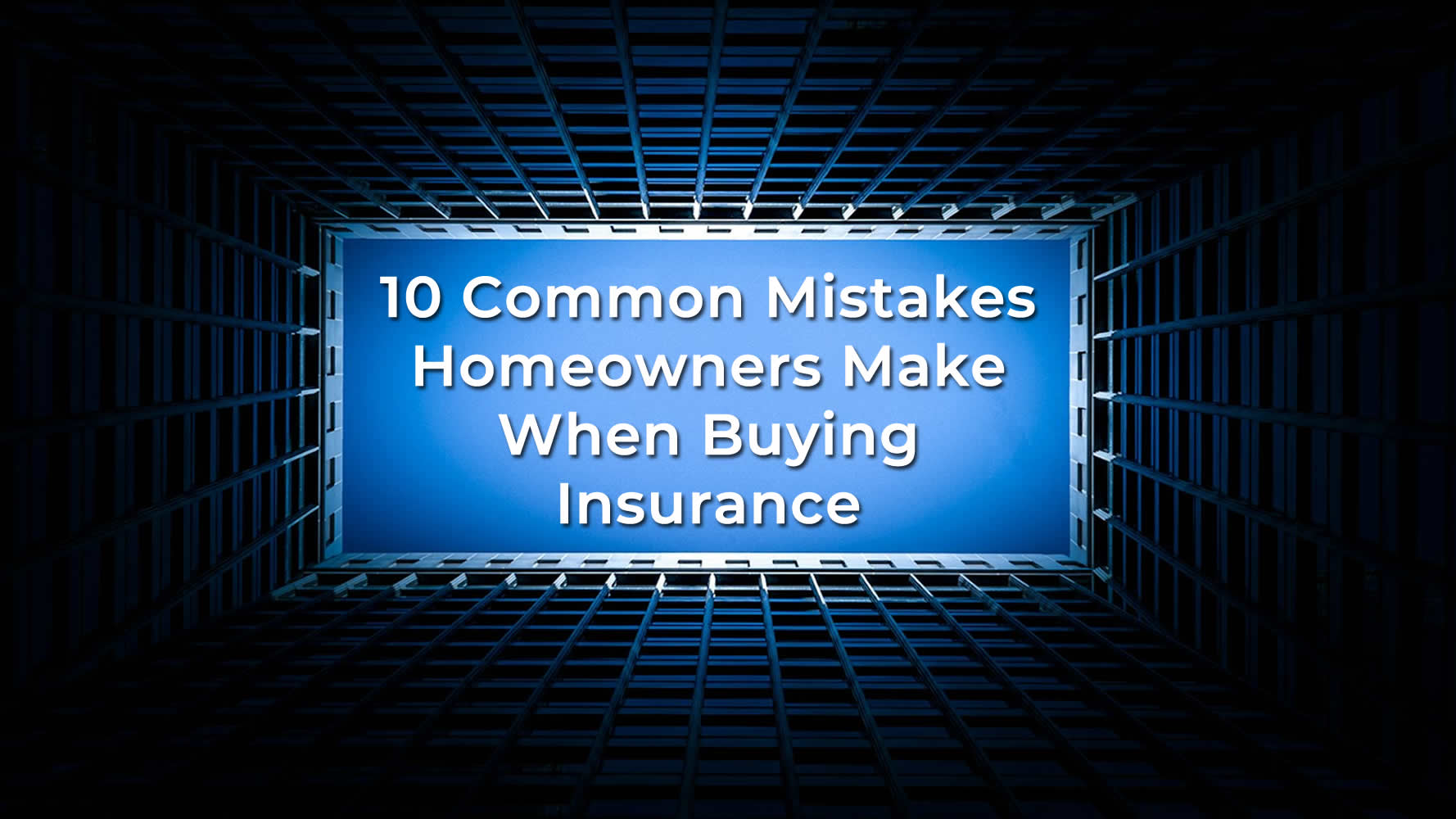Why You Need Professional Support for Your Insurance Claim
As an insurance professional, I have witnessed first-hand the challenges policyholders face when navigating an insurance claim. Whether it’s fire damage, flooding, theft, or structural failure, many people assume that their insurance provider will handle everything fairly and efficiently. Unfortunately, this is not always the case.
Insurance companies employ their own loss adjusters – professionals who work for the insurer, not for you. Their job is to assess and minimise the insurer’s payout. This is where an Independent Loss Adjuster or loss assessors come in.
A loss assessor works exclusively for you, ensuring that every detail of your loss is accounted for, and that you receive the full compensation you’re entitled to. Without expert representation, policyholders often end up with settlements that are far lower than they should be.
Why Loss Assessors Are Vital for Your Insurance Claim
Most people will only experience one or two significant insurance claims in their lifetime. In contrast, insurers handle thousands of claims every year and know exactly how to reduce payouts or even reject claims entirely based on technicalities.
Hiring a loss assessor ensures that you have a professional on your side who understands:
- Policy terms and conditions – to prevent insurers from undervaluing or excluding legitimate costs.
- The full scope of loss assessment – to ensure nothing is overlooked in your claim.
- Negotiation tactics – to fight against unjust reductions in settlement offers.
Key Benefits of Hiring a Loss Assessor
- They work for YOU, not the insurer: Their sole focus is to maximise your compensation, not to save money for an insurance company.
- They prevent claim reductions: Loss adjusters employed by insurers may downplay damage or undervalue repairs – a loss assessor ensures you get the full payout needed to restore your property or business.
- They handle all paperwork and negotiations: Many claims fail due to technicalities, incomplete documentation, or misinterpretation of policy wording. A loss assessor ensures everything is filed correctly and presented in the strongest possible way.
- They speed up the claims process: Many policyholders struggle with long delays. A loss assessor ensures your claim is processed efficiently and fairly.
Who Needs a Loss Assessor?
A loss assessor is invaluable for homeowners, landlords, and businesses. Here’s how they help each group:
Homeowners
If your … Read the rest






